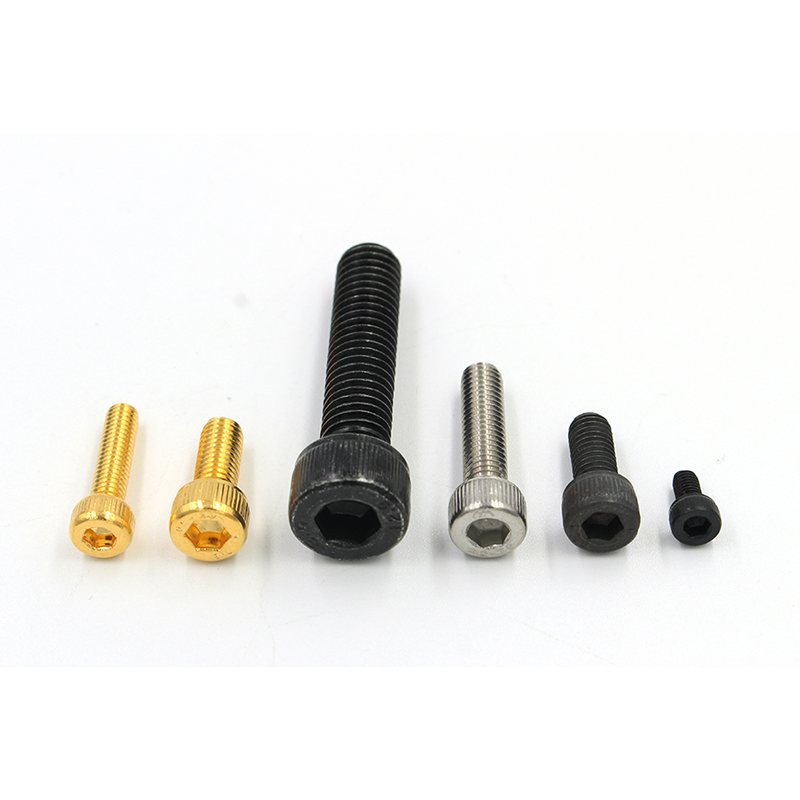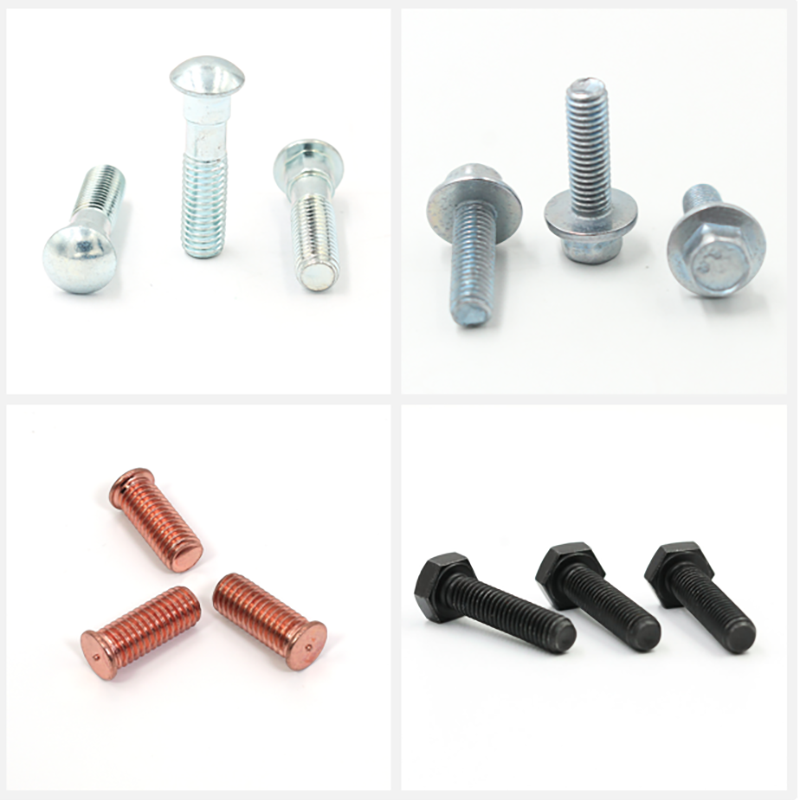The main difference between these two types of fasteners is the design of their shanks. Bolts have only a portion of their shank threaded, with a smooth section near the head. In contrast, set screws are fully threaded.
Bolts are often used with hex nuts and are usually tightened or loosened by turning the nut. In addition, bolts need to pass through the component they are fastening to tighten the nut securely. In some cases, both the bolt head and the nut may be recessed into the material, but the basic principle remains the same. Bolts are used in unthreaded holes because the tightening force comes from the nut.

On the other hand, set screws are tightened or loosened by turning the hexagonal head.
Set screws are inserted into holes with internal threads, such as those in car engines. This means that set screws do not require nuts to make a connection. Instead, they secure two parts by tightening the internal threads of one of the parts.
Typically, a set screw does not extend beyond the component it is securing. The entire length of the set screw fits into the threaded hole.

When to use bolts
Bolts are used in conjunction with nuts when greater clamping forces are required. High-quality bolts are very reliable and are often used to assemble critical load-bearing joints. Bolts are also suitable in situations where the two materials being clamped may move or may vibrate. This is because the unthreaded portion of the bolt can withstand greater shear forces. In contrast, if the exposed threads in the hole are repeatedly subjected to shear forces, the set screw may fail or be damaged.
Bolts are often paired with washers, which help spread the load on the bolt head over a larger area, preventing it from embedding into softer materials like wood. Washers can also protect the material from damage caused by the bolt or nut during the tightening process.
Various types of bolts
There are many different types of bolts, each designed specifically for a specific purpose. Generally speaking, bolts are larger than set screws and are better suited for high-strength applications.
Examples of different bolt types include:
Carriage Bolts: Featuring a domed head and square neck for secure fastening, carriage bolts are commonly used in decks, furniture, and outdoor playsets.
Stud Bolts: Threaded rods with threads on both ends, stud bolts are used to secure flanges together in critical applications such as piping systems and industrial settings.
Flange Bolts: feature a washer-like flange under the head for load distribution and increased bearing surface, commonly applied in automotive, plumbing, and machinery applications.
Hexagonal bolts: with their hexagonal heads for tool use and high grip strength, are widely used in construction and automotive applications, including partially threaded versions beneficial for stronger fastenings.

Dongguan Yuhuang Electronic Technology Co., Ltd
Email:yhfasteners@dgmingxing.cn
WhatsApp/WeChat/Phone: +8613528527985
Post time: Jan-16-2025








